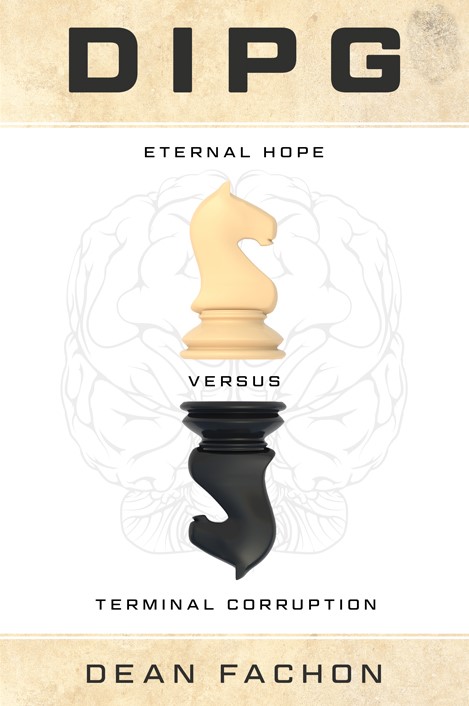In 2016, our son, Neil, was diagnosed with Diffuse Intrinsic Pontine Glioma (DIPG), a “rare cancer.” With DIPG Awareness Day coming tomorrow, I got to wondering what “rare” means in this context. Here is what I found on the National Cancer Institute (NIH) website – MyPart:
“Rare cancers are those that affect fewer than 40,000 people per year in the U.S. As a group, they make up just over a quarter of all cancers. Because rates of cancer in children are very low, all children’s cancers are considered rare. A quarter of all cancer deaths each year are due to rare cancers. Although new treatments are always being developed, finding new treatments for rare cancers is very hard for many reasons.”
Over a quarter of all cancers are rare. So, then I got to wondering, how many rare “brain cancers” are there? Here is what I read on the NCI website – NCI-Connect:
“There are over 130 different central nervous system (CNS) tumor types. However, they account for less than two percent of all cancers diagnosed each year in the United States. Because primary CNS cancers are so rare, disease information, support, and expert care can be hard to find. NCI-CONNECT started with 12 select tumor types, each with fewer than 2,000 people diagnosed per year in the United States.”
DIPG is among the rarest and deadliest of these cancers, with only about 300 children diagnosed per year. For a 19-year-old to be diagnosed with DIPG is beyond rare; it’s unique.
The MyPart page explains what a “rare” diagnosis means for patients:
- It often takes a long time from the time you think something is wrong to the time when doctors know that you have a rare cancer and what kind of cancer it is.
- It is hard to find doctors who know a lot about your cancer and how to treat it.
- It is hard to know what to do when doctors don’t agree on how to treat your cancer.
- You may need to travel far from your home and family to get treatment for your rare cancer.
It took five months from the onset of initial symptoms for doctors to arrive at a cancer diagnosis. From the moment our son was told that he had a “rare” brain stem tumor, we had to contend with the other three challenges. When the oncologist went on to say that the cancer was aggressive, inoperable and incurable, and Neil had maybe only three months left to live, we understood all to well what “rare” and “deadly” meant.
Cancer is but one category of “rare” diseases. So how many “rare” diseases are known to exist and how many people can relate to our situation? The National Library of Science website reports:
Regulators, scientists, clinicians and patient advocacy groups often cite ~7,000 as the number of rare diseases, or between 5,000 and 8,000 depending on the source.
To date, approximately 300 million people live with “rare” diseases, according to The Lancet, which means pretty much everyone knows someone and can relate. Treating a rare disease requires personalized therapy, yet our rigidly-controlled medical system, with its overbearing clinical trial drug approval process, prevents this from happening. Our conventional system is completely dysfunctional when it comes to helping people diagnosed with rare diseases. Is there anything we can do to challenge the current system and improve how we come to understand and treat rare diseases?
Yes! My husband, Dean, is publishing our son’s story, DIPG: Eternal Hope vs. Terminal Corruption to help people begin to explore and discuss this topic. Available by July 2024, our family’s personal narrative offers a compelling illustration. Please visit our web page and share this blog, which can serve as a forum for readers to exchange their thoughts, experiences and suggestions. Together, we could create one heck of a virtual book club. Refer the “Suggested Reading” list we provide. The first book on that list is Defeat Cancer. If you are interested in joining a “rare” book club, please contact us.
